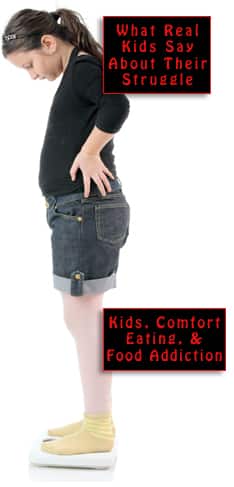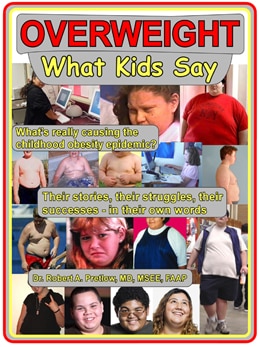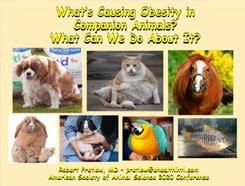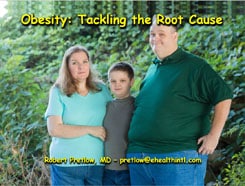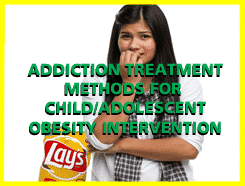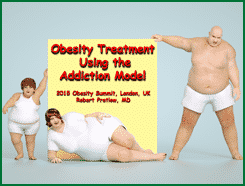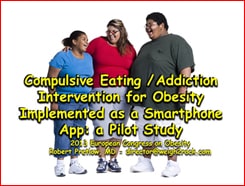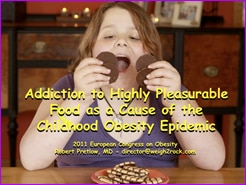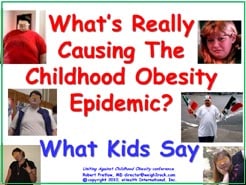How Iatrophobia Became a Problem

We have been looking at the ways in which trying to get health care extracts a high emotional price from some patients. Iatrophobia, or an intense fear of doctors, is sadly founded in reality. A person might need months to accumulate the courage to even make an appointment. They show up to find their worst fears realized: a medical professional disregards everything they say, and declares that all problems originate in the extra weight they are carrying.
Writer Solar Bean collected some more horror stories, like that of a woman who sought help for a sinus infection and instead got scolded for her weight. Another was condescendingly told that her years-long severe cough was weight-related “when in actuality, her lung was rotting.”
An overweight but consistently active woman was told by a doctor that she would just have to live with her chronic knee pain forever, and then was fortunate enough to connect with a personal trainer who worked with her to banish the knee pain within six months. Another, who was tired of being told that her severe exhaustion was caused by her weight, avoided doctors until anemia sent her to the hospital for an emergency blood transfusion.
Fifty shades of betray
Hopefully, the sweet-treat custom has died out by now, but in the past, a surprising number of children instinctively recognized the cognitive dissonance involved in being rewarded with a lollipop at the end of their appointment with a pediatrician. An overweight teen girl wrote of being repelled when her doctor came up with the clearly inadequate response of suggesting that she dance in her bedroom at night.
Another writer, Michael Hobbes, noted that people are sensitive enough to pick up on clues, like when fat patients are allotted shorter appointments because a doctor can save a lot of time by just saying “Lose weight. Next patient, please.” They feel the lack of emotional rapport, and understand what it means when a health care professional won’t make eye contact.
They certainly feel it when a physician believes that shame is the most effective way to motivate weight loss. Shame-based medicine can have devastating long-term effects. Overweight and obese girls grow into women who avoid pap smears, mammograms, and other routine screenings because of embarrassment.
Here is a depressing quotation from Tracey Folly:
The thing my doctor didn’t realize was that I’ve been working out regularly for years despite being obese for most of my life. My doctor couldn’t tell I was active by looking at me because my body doesn’t look like the body of an active person. I am certain my doctor knows a body can be both active and fat. However, I do think he assumed my body was inactive and fat, and that’s a problem I’ve been working to solve for as long as I can remember.
Of course, being ignored and patronized can turn a person off even if they don’t wind up in the ER through what can only be described as neglect. Sometimes, the patient feels victimized by simple disrespect, the sense of not being listened to or believed. Sometimes, the patient has innate awareness that all they are getting is what, in polite society, is called baloney. That kind of treatment gets old real quick. That sort of emotional abuse, while technically not malpractice, is certainly far from best practice.
Your responses and feedback are welcome!
Source: “The Reason You Hate Fat People Isn’t Because You Care About Their Health,” Medium.com, 02/09/20
Source: “Everything You Know About Obesity is Wrong,” HuffingtonPost.com 09/19/18
Source: “What My Doctor Doesn’t Know About My Obesity,” Medium.com, 02/26/20
Image by Neelesh Bhandari/CC BY 2.0










 FAQs and Media Requests:
FAQs and Media Requests: 